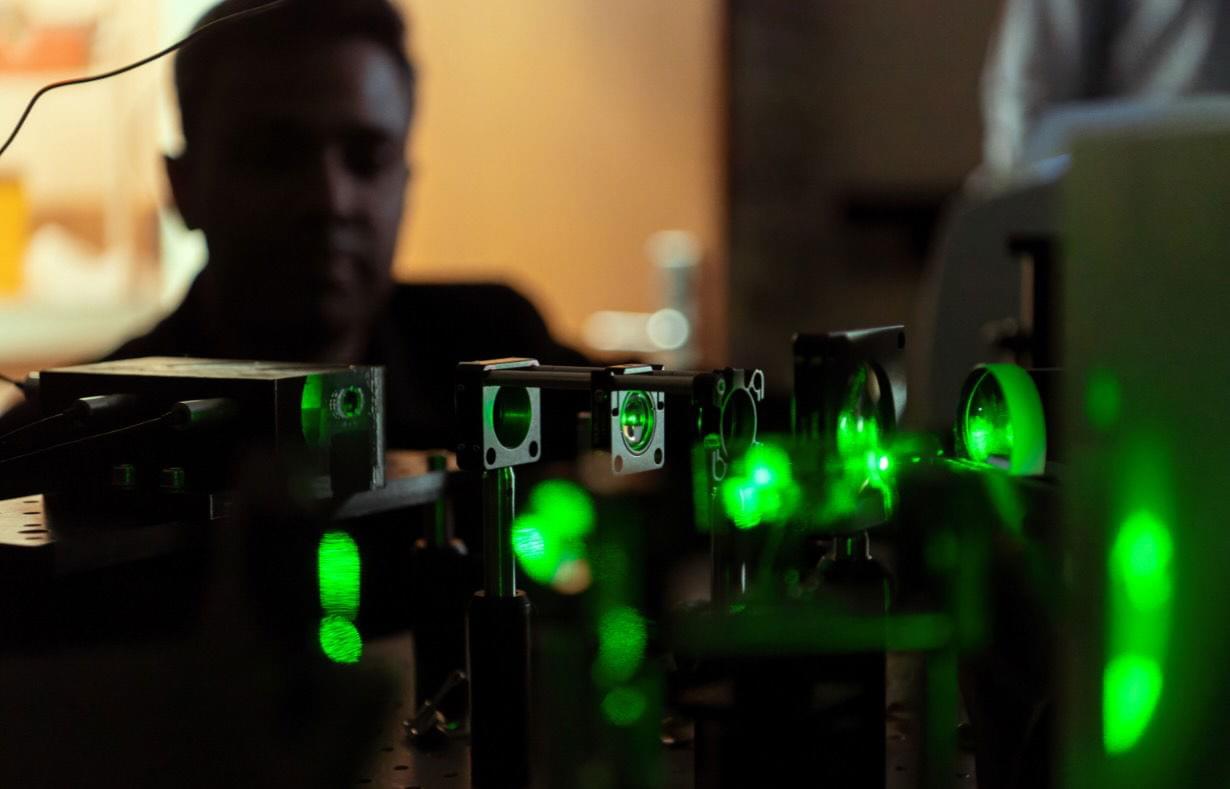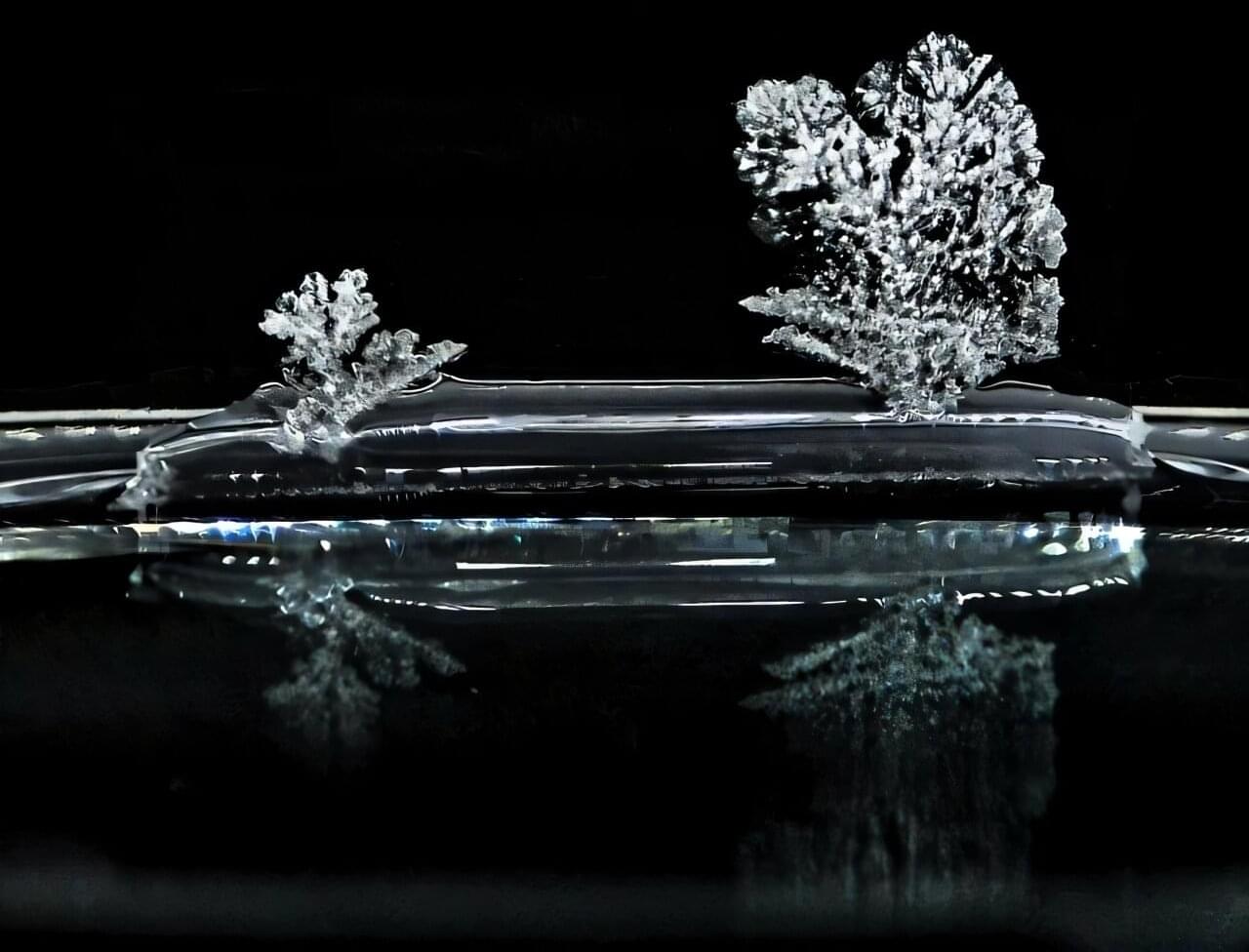Salt creeping, a phenomenon that occurs in both natural and industrial processes, describes the collection and migration of salt crystals from evaporating solutions onto surfaces. Once they start collecting, the crystals climb, spreading away from the solution. This creeping behavior, according to researchers, can cause damage or be harnessed for good, depending on the context.
New research published June 30 in the journal Langmuir is the first to show salt creeping at a single-crystal scale and beneath a liquid’s meniscus.
“The work not only explains how salt creeping begins, but why it begins and when it does,” says Joseph Phelim Mooney, a postdoc in the MIT Device Research Laboratory and one of the authors of the new study. “We hope this level of insight helps others, whether they’re tackling water scarcity, preserving ancient murals, or designing longer-lasting infrastructure.”







